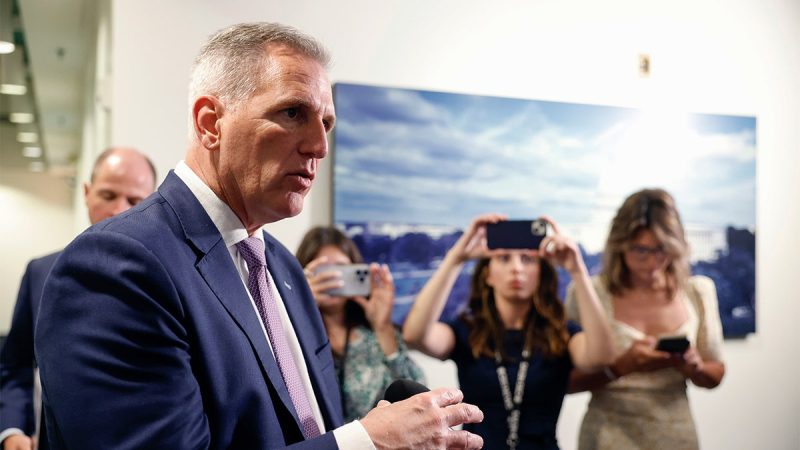With the federal government’s spending authority soon set to expire, we may be entering into a potential government shutdown. Although experts are reluctant to consider all the possibilities, the possibility of a shutdown certainly looms over the nation and its citizens.
The current federal government’s spending expires this Friday, September 30th and needs to be reauthorized in order for government services to continue. This means that without a new spending agreement, the government will no longer have the authority to spend money, resulting in an indefinite interruption of services.
The current Congress and White House are locked in a contentious debate over a new bill, and without a plan of action, the nation is on the brink of a government shutdown. If the two sides cannot come together and agree on a spending plan by Friday, the government will need to freeze its operations until the debt ceiling is raised, taxes are paid, and borrowing is allowed.
This could have a number of effects, ranging from disruption to essential services like Social Security and Medicare to thrilling opportunities, like a potential government buyout of some private companies. It has been estimated that a government shutdown could cost the economy $1.5 billion a day, causing people to dig into their own pockets and creating a drag on already weak consumer spending.
Despite this, predicting the exact effect of a government shutdown on the nation is a near impossible task. This is mainly because the reality of a government shutdown is still highly uncertain, with the negotiations over a new spending bill still up in the air. It is therefore impossible to decipher how the public, private, and global markets could react and what the long-term ramifications could be.
It is important to note, however, that certain steps can be taken to reduce the risk of a government shutdown and minimize its potentially damaging effects. According to the Office of Management and Budget, the best way to ensure a spending agreement is reached beforehand is for the two sides to work together to pass a bill before the deadline.
The nation can also play a role in avoiding a potential government shutdown by protesting, voicing their concerns, and demonstrating their opposition to any cuts made to essential services. This could be done by contacting local representatives and voicing out to one’s social media network.
At the end of the day, it is impossible to predict what the outcome of a government shutdown could be. It is therefore important for the public to remain informed and aware of the situation as it develops in case the negotiation between the White House and Congress fails and a shutdown is inevitable.

